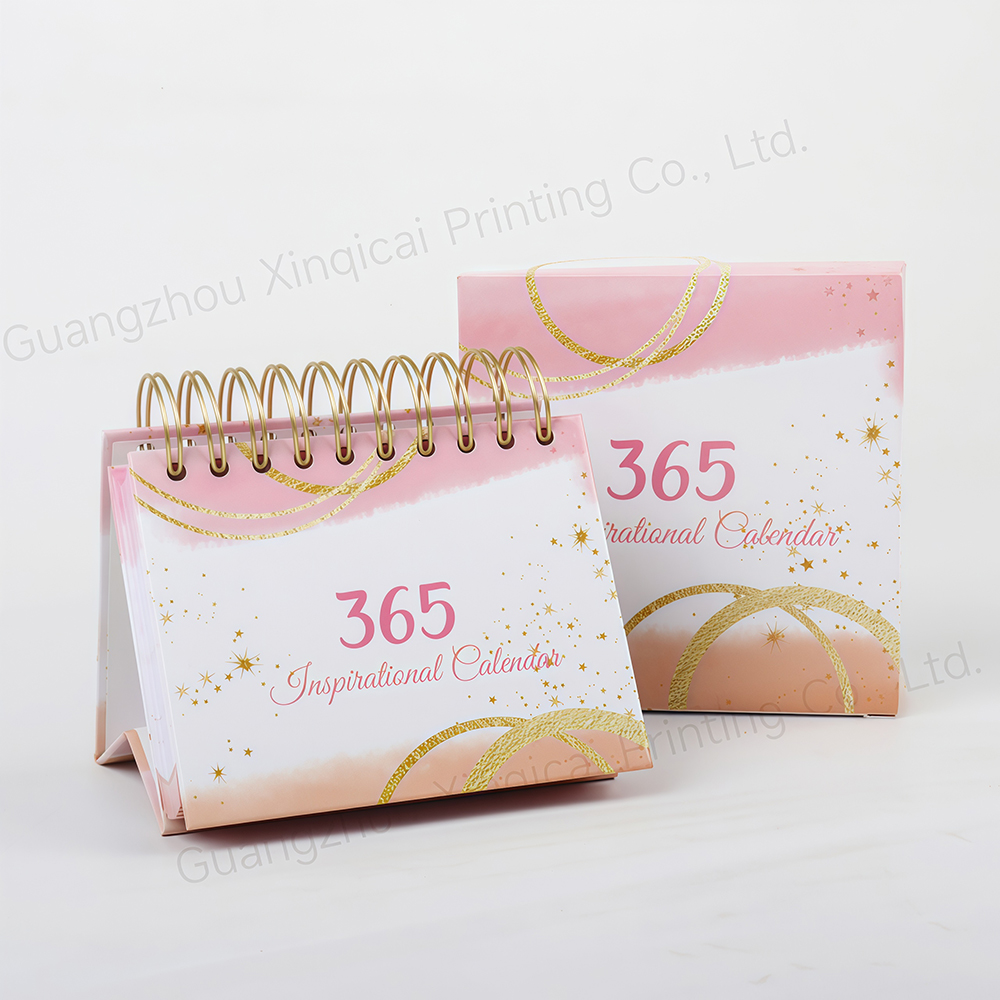With 2025 already halfway through, seasonal products like desk and wall calendars are nearing their end of season. Due to policy changes, traditional businesses in the market are experiencing a decline, while related digital printing orders are quietly growing. Wu Xiaobo once said, "There are no sunset industries, only sunset companies and sunset individuals." Technological advances have transformed people's shopping habits, methods, and channels, turning centralized purchasing into fragmented orders. Traditional printing and digital printing are growing and declining. Consumers aren't stopping buying; they're buying from different sources. A simple analysis reveals that market demand remains; it's simply that the acquisition methods, customer base, and customer requirements have changed. The key is how to leverage new technologies, as the rigid demand for desk, wall, and monthly calendars remains. How to tap into this market demand and fulfill fragmented orders. Undoubtedly, digital printing, with its personalized, on-demand printing capabilities and its inherent connection to the internet, is particularly adept at addressing fragmented orders, making it a valuable tool.

First, leverage the personalized digital printing market with a near-free approach, encouraging customers to "try" before buying. Everyone loves free products; this is part of the internet mindset. WeChat's red envelopes, Didi Chuxing's (Didi) and Kuaidi's (Kuaidi) spending sprees, are all aimed at changing consumer habits, rapidly accumulating customers, and establishing a presence. Digital printing companies can't afford to give out cash-based red envelopes, but they can offer printed materials, or bring souvenirs to clients during year-end visits. Using freebies to encourage consumption is crucial.
Secondly, new technologies must be employed, such as digital printing for personalized, small-batch orders and the internet for handling fragmented orders. Workbench calendars are a promising initiative, uniting quick-print companies. With nearly 3,000 quick-print shops nationwide, there's much more they can do. Beijing Zhongyin Hanmoxuan launched the Boyi Pavilion, focusing on bringing high-fidelity reproductions of artworks to the homes of ordinary people. Nanjing Southeast Culture is preparing to launch the Boyin Pavilion, showcasing creative digital printing products, leveraging digital technology to achieve cultural and creative integration.
Under these circumstances, printing companies must reposition themselves. Use products as marketing tools, transform merchandise into giveaways, and transform sales promotion into marketing, ensuring customers remember you. The first step is to give these marketing tools to printing company clients, requiring only personalized information such as their name. The second step is for the client to give them to their own customers. Practice has proven that nearly every quick printing shop has received bulk orders, successfully transitioning from a consumer-to-business (B2B) business model.
According to authoritative statistics, digital printing accounts for only 1% of the market in China, yet it has already brought us a real sense of increased convenience. Returning to the original purpose of recording events, wall calendars, desk calendars, and monthly calendars, those who receive our personalized printed products must clearly write down the year 2025: Digital printing makes life better.

